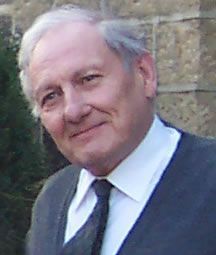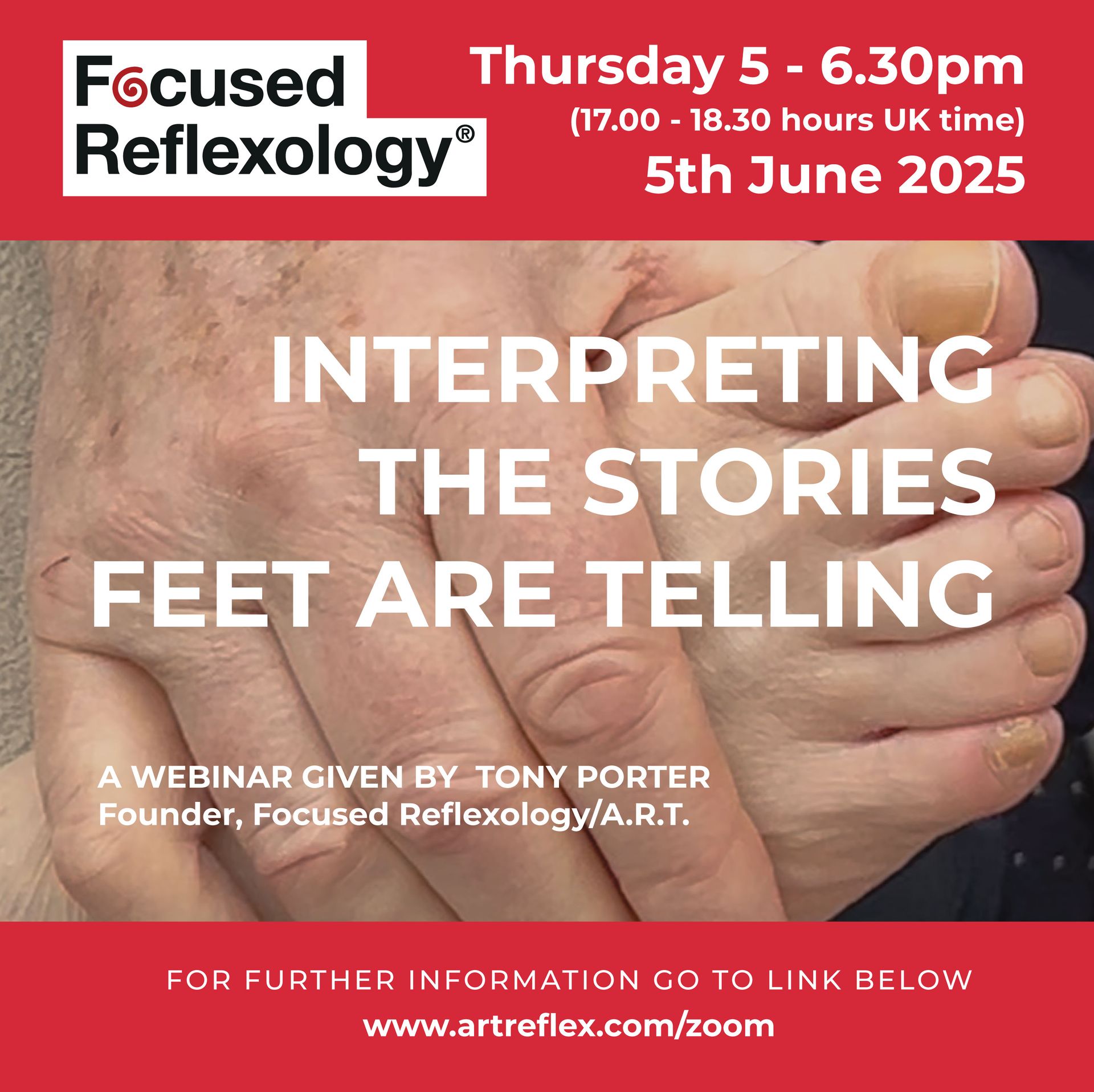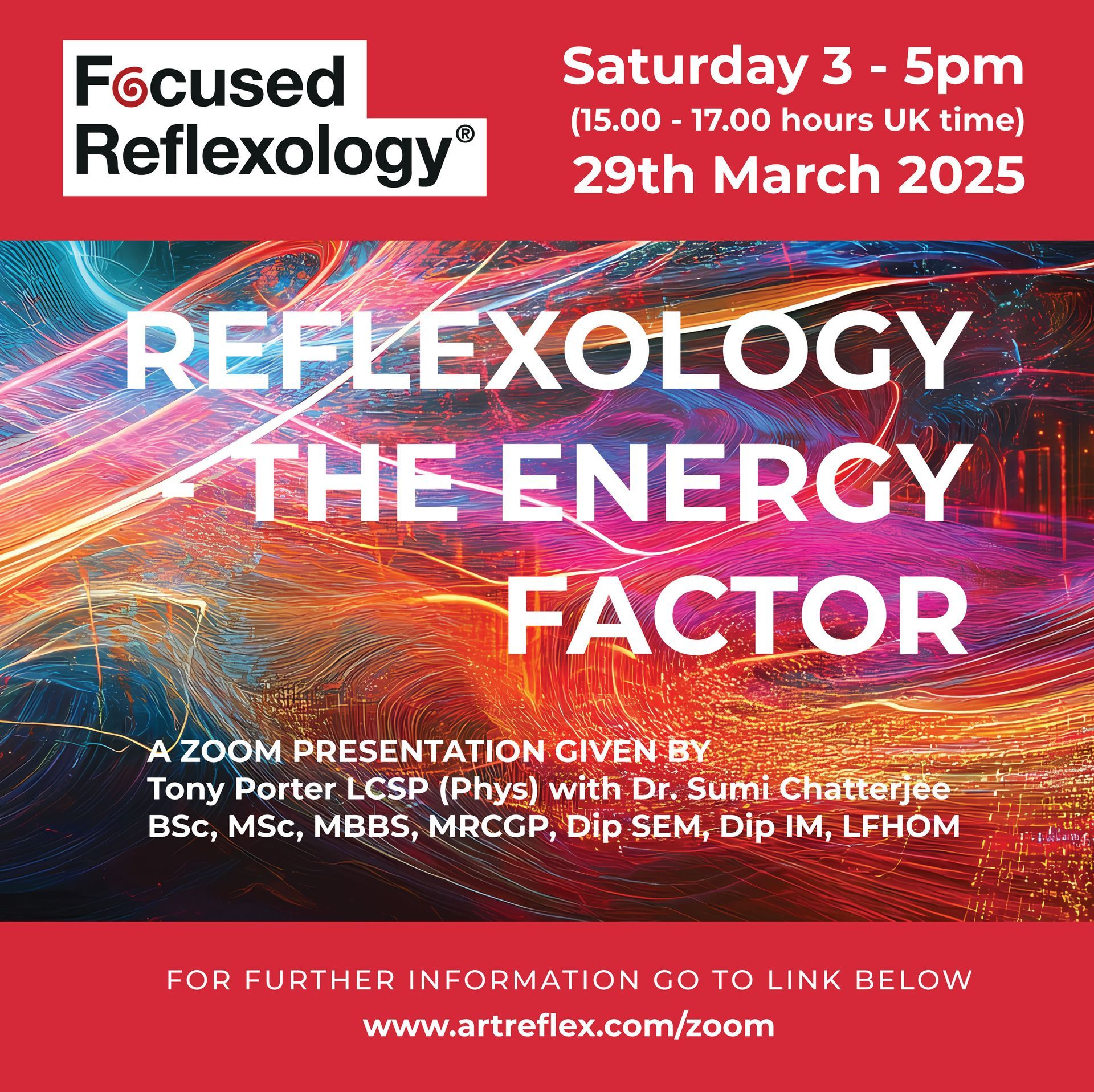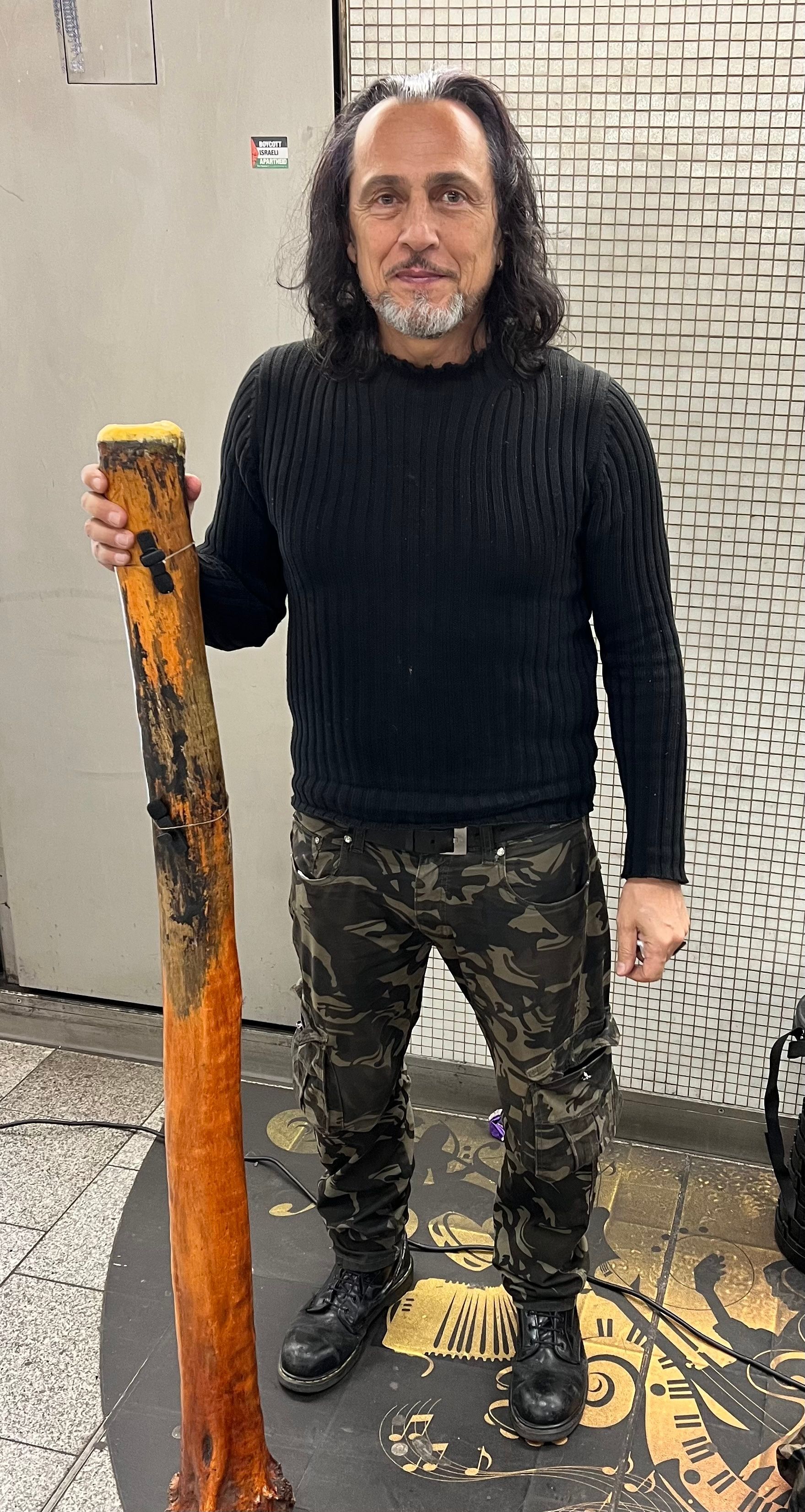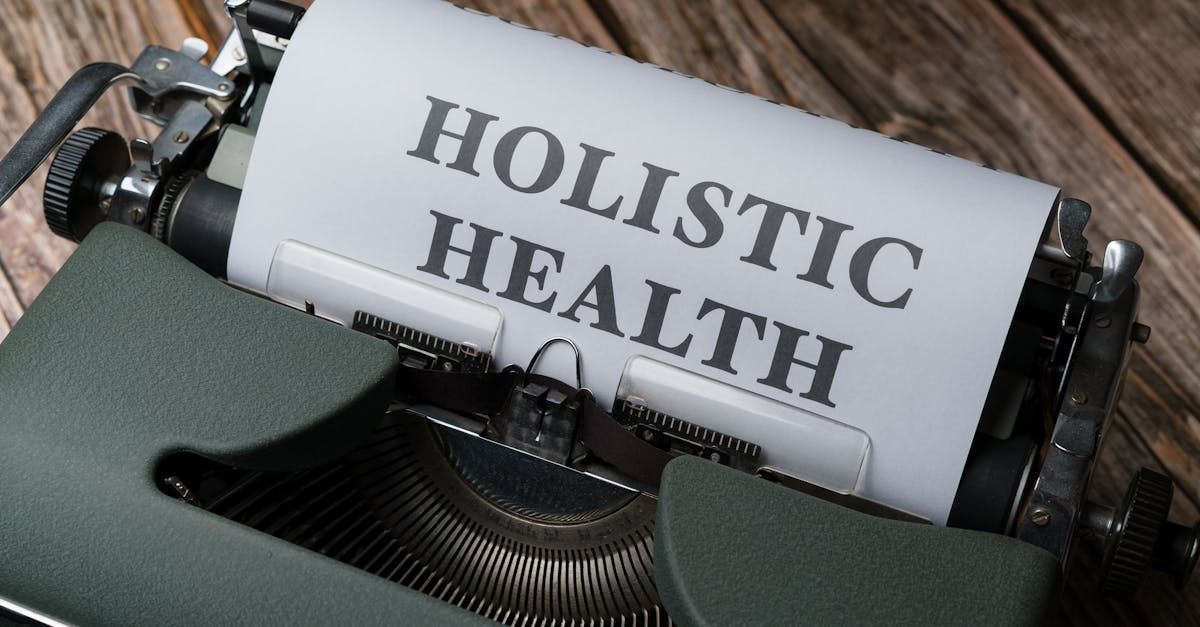The Flagellum Motor
Reflexology can teach us many things if we become aware of what the reflexes are indicating.

In my last blog, I mentioned the number of possible moves in a game of chess. I compared these and the infinite number of varieties of feet and their unique reflex patterns we encounter. Because of this, we need to be able to adapt our techniques to cater for these variations. Looking at this in more depth means that even a subtle change to the type of contact (such as the angle and direction) can significantly influence the therapeutic value of our treatments.
Reflexology can teach us many things if we become aware of what the reflexes are indicating. The most significant thing I have learned that we all need to know is how the body is one functioning unit. In other words, there are no ‘spaces' between the various systems. We must not look at the system, reflex areas of the feet as being separate, such as the endocrine, lymphatic, respiratory, cardiovascular, digestive, renal. etc.
Everything is part of a symphony of movement and electrical energy, constantly ebbing and flowing to maintain homeostasis.
This is the problem of following foot charts; although they serve an important purpose, they can make the systems of the body as being separate entities. Use them by all means, but let your fingers, etc., detect the sometimes very subtle messages that the feet indicate. Through this will come the knowledge of the holistic structure and function of the body. An example of this is the close relationship between the thyroid and the gall bladder function or between the kidneys and heart.
To explain what I am trying to convey the following will, I hope give a deeper understanding of the subject:
The human body is made up of a 100 thousand billion cells, give or take a few! Included in this figure are the DNA strands, which number 125 billion miles.
Looking at this in another way, our personal DNA is long enough to wrap around the earth 5 million times.
DNA and the origins of knowledge. - Jeremy Narby
This unbelievable miracle of the human body (and of course, all living creatures) is maintained by electricity which we call energy, qi, prana, life force, spirit etc.
Electricity is the true circulation of life. When we look at the different forms of therapeutic modalities such as reflexology, acupuncture, and massage, yoga, pranayama. They are all based on maintaining and increasing this electrical force, representing healing in its purest sense. That is why we as reflexologists, are at the forefront of working and maintaining this circulation of life, which displays itself through various areas on the feet we call reflexes. In future, when giving a treatment, bring your attention to this fact and become aware that you are not only working on just a pair of feet — you have the opportunity of working with the life force of the body.
To make us more aware of this, here are some interesting facts: Let us begin by looking at an incredible structure (it is a structure) called the:Flagellum Motor
The Flagellum motor is a propeller-driven engine that propels sperm, bacteria and other substances through the cell. Eight million of these motors could fit inside the cross-section of a human hair. It is constructed of 30 moving parts and rotates from 20,000 - 100,000 rpm. It is powered by a process of electro rotation.
The apparent design of this motor has puzzled researchers. It is a nanomachine, one-millionth the size of a grain of sand and can rotate five times faster than a formula one engine. It can change direction faster than a mosquito beats its wings. It was discovered in 1970 by Professor Michael J. Behe and was published in a paper in 1970.
‘We remain enamored by the bacterial flagellar motor, which turns out to be one of nature’s most complex yet elegant nanomachines, making most human-made machines look primitive in comparison. Going forward, we plan to continue probing it with novel experimental approaches, in the hope that this will allow us to reveal more of its secrets’.
Navish Wadhwa’ It is the most efficient machine in the universe’
Howard Berg Biologist
‘The assembly of such a complex machine almost defies the imagination’
Dr. Applegate Biologist.
I have included this information to bring home the incredible complexity of our bodies. Even with this in mind, it still does not explain the source of the energy behind our bodies and everything. I suggest that you search on the various media platforms and get more information on the Flagellum motor. You will find plenty there.
My best wishes
Tony Porter©



